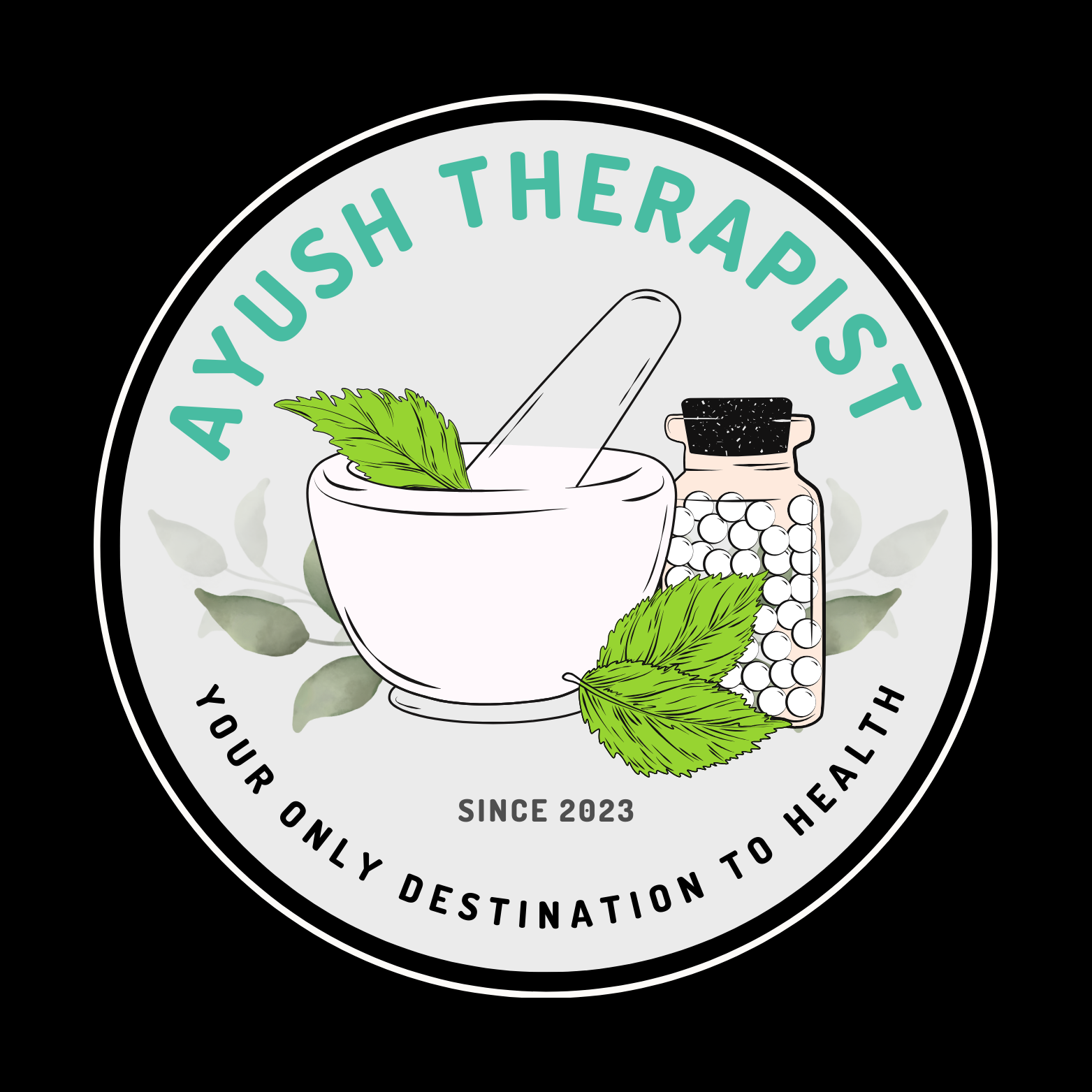<script async src="https://pagead2.googlesyndication.com/pagead/js/adsbygoogle.js?client=ca-pub-7005013345692571"
crossorigin="anonymous"></script>
When seemingly indicated remedy does not act, the physician has to investigate the case again to find out the presence of any obstacles to cure. Finding out and correcting such obstacles to cure might prove curative in the near future.
H.A.Roberts in his essay “The Deflected Current”, gives some hint to the physician on where and how to look for such obstacles. The obstacles to cure can be studied under 3 headings:
- Obstacles from the patient’s side
- Obstacles from the physician’s side
- Obstacles from the remedial side

Obstacles from the Patient’s Side
- Pathological condition of the disease: Advanced pathology is an incurable condition. Attempting to cure such cases will invariably result in failure. If an advanced case of cancer has metastases from one organ to the other organs, it is better to palliate the symptoms rather than trying to cure the disease.
- Presence of mechanical obstruction in the body: In some cases non- pathological foreign bodies may be present in some orifices. They could be producing some reflex symptoms. An indicated homeopathic remedy does not cure this unless the obstruction is cleared from the site. Example: persistent earache or coryza in children who have inserted some small foreign objects into their ears or nose. Here, the medicines have to be administered only after mechanically removing the object from the site.
- Psychic trauma and emotional stress: Over anxiety, worry, constant financial stress, the tension of maintaining speed in someone’s work; all such things are common in today’s industrial world. These diversions may deflect the action of the curative remedy. Hahnemann himself has emphasized the fact that nothing was as deleterious to health as unhappy domestic condition. Some patients do not wish to reveal their personal and private matters during the process of case taking. Then, the acquired totality is of little help to the physician as reliable mental generals are not available.
- Over and unnecessary usage of drugs by the patient: The sedatives, bromides, narcotics and analgesics are some drugs that are misused by many patients in the recent times. The patient uses them frequently because they offer some sort of relief from the pain. Usage of such palliatives slows down the curative process or retards it alltogether. Usage of antidepressants, cosmetics and deodorants etc also fall under this category. Example: H.A.Roberts gives an example of a case of persistent cough of “Coccus cacti”. The young lady patient did not improve in spite of the proper prescription, unless the doctor asked the young lady to stop using her lipstick, when the cough ceased.
- The problem of diet: The over usage of so-called soft drinks, different varieties of beverages and stimulants, their chemical contents may retard the action of a homeopathic remedy.
- Lack of proper physical exercise: The sedentary workers hardly get an opportunity for physical exercise. An advice of mild to moderate exercise improves their condition remarkably. As the vitality of the patient improves by exercise, homeopathic medicines does wonders.
Obstacles from the Physician’s Side
- Selecting the similimum alone is not sufficient: Hahnemann says that any physician can commit only 3 mistakes. First one is in selecting the similar remedy, second one is the selection of proper potency and the third is in the repetition of doses. Committing mistake in any one of the above, may become an obstacle to cure.
- The physician himself may get carried away by the patient’s narration: During case taking the physician has to be neutral; he should not get involved in the patient’s emotions. He must observe them in an unprejudiced manner. Patient is always concerned about his most troublesome symptom. Some patients exaggerate their symptoms while narrating them to the physician, thinking that the physician will prescribe a powerful remedy if they do so. So, the physician must concentrate on the peculiar and uncommon symptoms that indicate a remedy.
- Prescribing solely on the basis of keynote symptoms: It often removes only the troubling symptoms of the patient. But this may act as an obstacle to cure, as the keynote prescription changed the totality of the patient. When the original totality has been meddled with, selecting the most similimum becomes almost impossible.
Obstacles from the Remedial Side
- Lack of genuine medicine: The important obstacle rests on the quality of medicine. The quality of medicine depends upon – whether the pharmacist has supplied the genuine medicine or not? Whether the pharmacist had identified the source of the medicine properly or not? Whether the medicine has been dynamised according to the Hahnemannian rules or not? Whether the medicine is dispensed according to the standardized rules or not? Anything wrong in the above steps may create an obstacle to cure. In such conditions, the physician’s pain taking work becomes futile.
- Poor drug proving: The drug proving is most vital in the construction of materia medica. Only dedicated, service minded, credible, honest, intelligent, delicate and trustworthy provers alone can construct the genuine homeopathic materia medica. The value of the symptoms must also be evaluated. If the proving of a remedy is not constructed properly, achieving cure becomes impossible.


